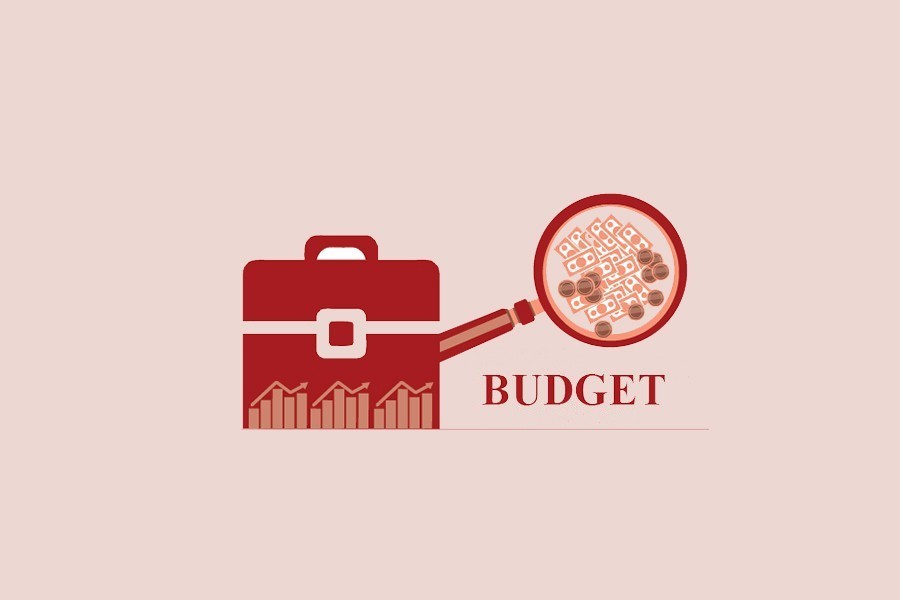The government's coordination committee for fiscal, monetary and currency-exchange affairs headed by the finance minister is learnt to have sketched out a budget for the next fiscal year (FY2023-24). Given that the government, to ride out the ongoing economic crisis, has gone for spending cuts in different sectors during the current fiscal, the proposed outlay for the next budget at Tk 7.46 trillion is clearly on the higher side. Add to that the targets of achieving a GDP growth at 7.5 per cent and arresting the rise of inflation at 6.0 per cent. Clearly, the challenges before the government would be gargantuan. Obviously, these also include the volatility in the international energy market, constantly appreciating US dollar against taka and the reduced inflow of remittance. Of particular note here is the issue of inflation. It may be recalled that since July this year, the rate of inflation has been high as it ranged between 7.48 and 9.52 per cent. Under the circumstances, will a contractionary monetary policy, as suggested at the coordination committee meeting, be enough to arrest the rising trend of inflation? In that event, what about providing financial support to the low-income and vulnerable section of the population to overcome the inflationary shock and mobilising the required fund for the purpose?
To mobilise resources to meet the budgetary targets, these are important issues that need to be taken into due consideration. Most importantly, the suggested budget outlay, which will be 10 per cent higher than the current one (FY 2022-23) at Tk6.78 trillion, implies financing considerable budgetary deficit. In this context, the issues of estimated higher subsidy requirements of over Tk1.0 trillion and increased expenditures due to the projected Annual Development Programme (ADP) worth Taka 3.0 trillion will come under closer scrutiny. So, the challenge will be to keep the budgetary deficit even below the usual practice of 5.0 to 5.6 per cent of GDP.
It is common knowledge that the budgetary deficits have to do with structural and economic factors including the prevailing high rate of inflation, balance of payment deficit and higher government expenditures. As usual, it is going to be met through government borrowing from banks as well as from the public by issuing government securities. But these run the risk of increasing domestic interest rates and crowding out of the private sector, which has already been markedly squeezed due to the existing economic conditions. The reduced economic growth in that case would come into conflict with the targeted GDP growth in the budget for the next fiscal. Increased public borrowing, on the other hand, would increase internal debts necessitating an increase in debt-servicing costs.
There might be some underlying assumptions that the current recessionary trend in the global economy might ease to some extent next year thereby reducing inflationary pressure on the country's economy. But it is quite uncertain if the Ukraine war, the major driver of the instability in the global energy and food market, is going to end anytime soon. In that case, there is hardly any reason to believe that issues like shortage of foreign exchange reserve, reduced import and export, etc, -the leading causes of current economic crisis-are going to be resolved by next year. So, with an eye to the local and international developments, alongside meeting its budgetary challenges for the next fiscal, the government would be well-advised to focus more on maintaining the country's macroeconomic stability.


